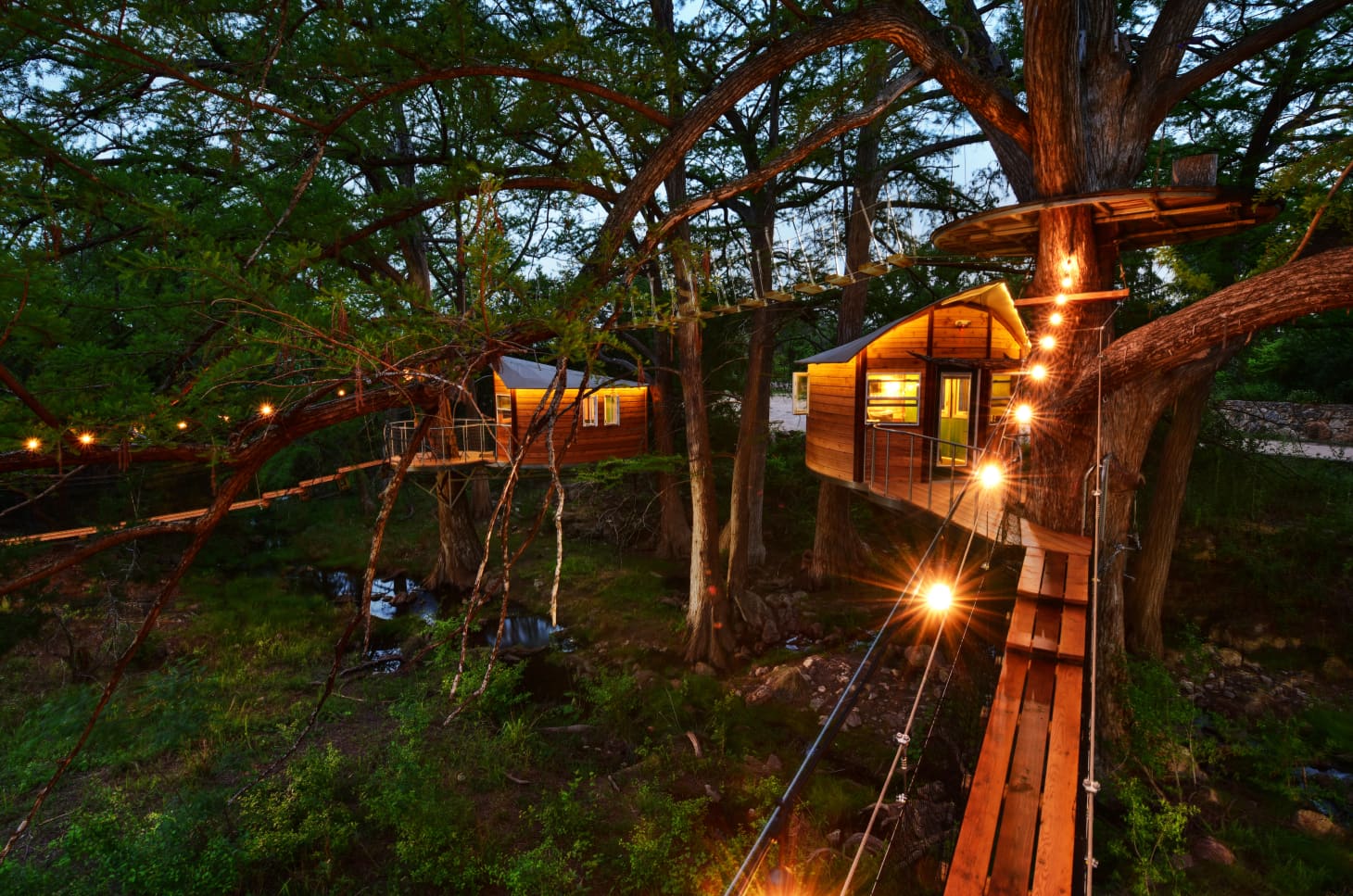Why You Should Never Take Your Shoes Off On An Airplane

Read original story on Apartment Therapy
Flying (at least for us common folk in economy class) is perhaps one of the least glamorous parts of travel. Fighting for overhead bin space, cramped quarters, and an overall lack of personal space only scratch the surface of plane travel woes.
So when we heard that even the ice served in drinks is a no-go (is nothing sacred anymore?!), it got us thinking about what other ways we could be inadvertently introducing germs into our system during air travel.
Heather Poole, a flight attendant of more than 20 years and author of “Cruising Attitude: Tales of Crashpads, Crew Drama and Crazy Passengers at 35,000 Feet,” told Apartment Therapy that basically all parts of a plane are dirtier than you think.
“I’ve seen parents change diapers on tray tables and I watched a teenager lick Cheetos off her fingers and then touch the screen in front of her to scroll through movies,” Poole said. “A few weeks ago someone shared a photograph of a passenger sitting in first class with his bare feet on the entertainment system screen in front of him—both feet.”
If you’re headed to the bathroom, make sure your shoes are on. “That’s not water on the bathroom floor,” Poole said. “I don’t know why people walk into the lavatory without their shoes on. People barf on planes. Flight attendants drop and break things in the galley all the time and while we do our best to clean things up, there’s only so much we can do with the tools we’re provided.”
While planes do get “cleaned,” Poole recommended not relying too much on that fact as cleaners only have about 10 minutes to clean a plane between flights. “Most of that time is spent cleaning while passengers are still deplaning,” Poole said.
With that in mind, Sally MacLagan, a flight attendant at Mesa Airlines, recommended bringing your own wipes to clean your seat and tray table before sitting down. “The tray tables and seats don’t get wiped after every flight,” MacLagan told Apartment Therapy. “If someone who sat there had bronchitis, you’re more than likely to get those germs. Babies drool on them, kids pick their noses and wipe [their hands] on them. If somebody had a stomach bug, they often hold onto the tray table while it’s stowed with one hand while the other holds a sick sack. Yes, if there’s a mess in flight, we’ll use a paper towel and seltzer to clean it, or maybe a small hand sanitizer wipe, but most often flight attendants just brush off a mess.”
Of course, if someone does get airsick, proper precautions are taken. “We have HazMat come in and clean up after the mess,” MacLagan said. “They will sanitize the area, thankfully. It happens often, though, and sometimes they leave behind germs if they weren’t just airsick but truly had a virus.”
If you’re traveling with children, you probably don’t want to let them crawl on the ground. “Passengers bring in dirt from other countries, spill their drinks full of washback on the floor, and if someone has a bloody nose they can’t catch soon enough, it often stains the carpet floor,” MacLagan said.
When it’s time to eat, make sure there’s something between your food and the table; even something as simple as a sandwich wrapper will do. “I wouldn’t let my food or eating utensils touch [the tray table] based on what I’ve seen over the last 20 years,” Poole said. “I actually pack paper plates when I travel with my son who isn’t as careful as I am.”
While a hot cup of coffee might sound tempting, especially on an early morning flight, MacLagan doesn’t advise ordering it on the plane. “The water pipes aren’t often cleaned (if ever) and they are connected to the water for the toilet in the lavatory—not the cleanest,” MacLagan said. “When coffee is made, the water is lukewarm, but what the pot sits on becomes hot, which heats up the liquid.” Tea, on the other hand, is made with boiling water.
If you’ve got extra room in your carry-on (and don’t mind being a little extra), MacLagan recommended wearing a mask “to avoid fellow passengers’ germs who might be sick,” bringing a portable humidifier to assure you’ll have “fresh, clean, moist air to breathe in and out,” and eating vitamin C.
Lastly, make sure you stay hydrated. “Drink a ton of water before your flight as if you’re prepping for a marathon,” Poole said. “Hydration helps [you] to stay healthy when you’re exposed to bad germs or toxicity of any sort.”





